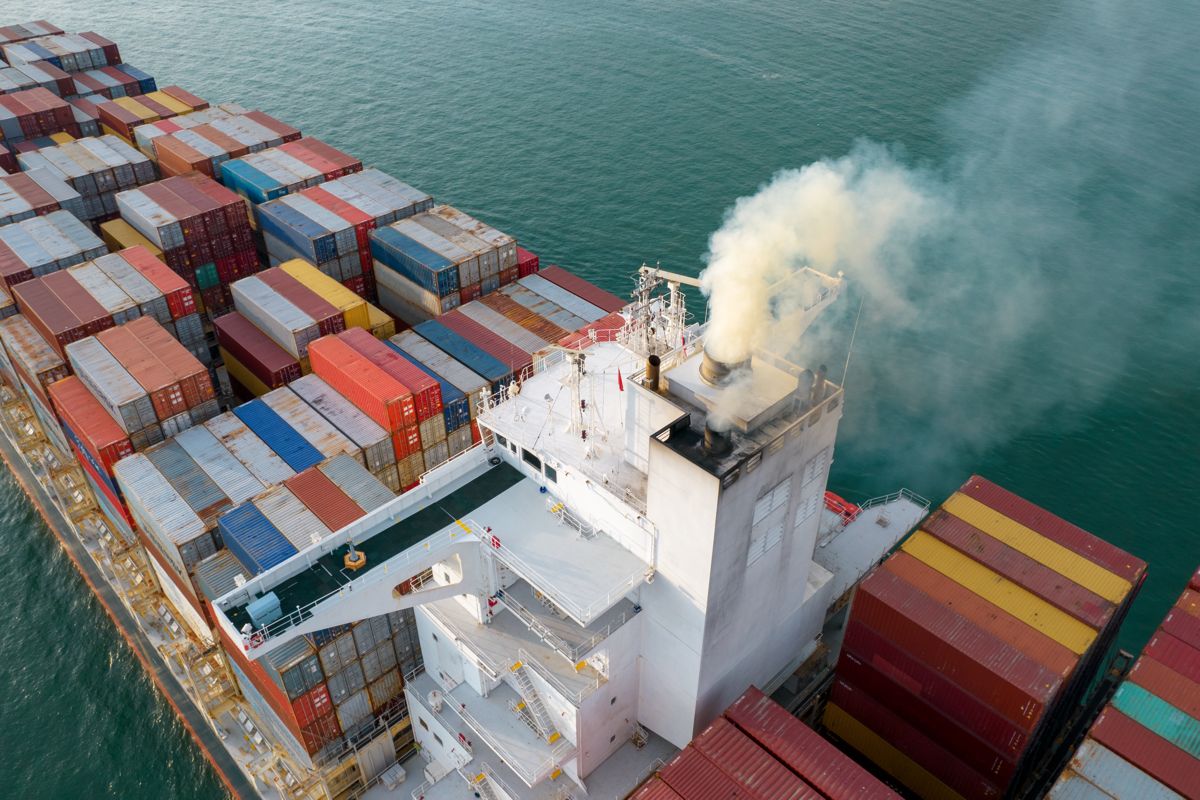Shipping Industry Faces Urgent Decarbonization Challenge

The maritime sector is at a critical juncture as it prepares to implement the International Maritime Organization’s (IMO) Net-Zero Framework, which aims to significantly reduce greenhouse gas emissions from ships. DNV’s latest Maritime Forecast to 2050 provides essential insights for stakeholders navigating this transition, focusing on low-GHG fuels, technologies, and necessary infrastructure. With the IMO’s ambitious targets for emissions reduction, the industry must adapt swiftly to ensure compliance and sustainability.
New Regulations Set Emission Reduction Targets
The IMO’s revised 2023 Greenhouse Gas (GHG) Strategy outlines a clear roadmap for the shipping industry’s energy transition. The strategy mandates a 20% reduction in emissions by 2030, a minimum of 70% by 2040, and aims for full decarbonization by around 2050, using 2008 levels as a baseline. The Net-Zero Framework (NZF) is designed to expedite the adoption of low-GHG fuels and technologies, with a focus on a GHG fuel intensity (GFI) metric that measures carbon dioxide emissions per unit of energy used onboard. Starting in 2028, the framework will introduce progressively stricter GFI targets, impacting technology choices, ship operations, and the development of shoreside infrastructure.
DNV’s forthcoming white paper will delve deeper into the NZF following the anticipated vote on its adoption at the IMO meeting in October 2025. This framework is expected to influence the availability of low-GHG fuels and CO2 storage, making it crucial for shipowners to understand the implications for their operations. Eirik Ovrum, Maritime Principal Consultant at DNV, emphasizes the importance of knowing where to refuel and offload captured CO₂, as these factors will be vital for the successful transition to low-emission shipping.
Transitioning to Alternative Fuels and Technologies
According to DNV’s Maritime Forecast, the shift towards alternative fuels is gaining momentum, with liquefied natural gas (LNG) and methanol leading the charge. The report indicates that the fleet of alternative-fuel vessels is set to nearly double between 2024 and 2028, with potential alternative fuel consumption reaching approximately 50 million tonnes of oil equivalent (Mtoe) by 2030. This growth is driven by the increasing availability of biofuels in ports and the potential for bio-methane to serve as a drop-in fuel for dual-fuel LNG vessels.
As the industry transitions, the demand for trained personnel will rise. DNV estimates that around 33,000 additional seafarers will require alternative fuel training within the next three to four years. Furthermore, wind propulsion technologies are gaining traction, with 64 ships currently equipped with modern wind-assisted systems. This trend is expected to accelerate as GHG regulations tighten, prompting further investment in innovative propulsion methods.
Despite the promising developments, the maritime sector faces significant challenges in scaling up low-GHG fuel production. The competition for these fuels is intensifying, particularly from other industries such as aviation and trucking. DNV’s report highlights the need for a substantial increase in production capacity to meet the IMO and EU targets. Currently, only a small fraction of hydrogen-derived projects have reached operational status, underscoring the urgency for the industry to engage with fuel developers and invest in infrastructure.
To facilitate the transition, the report advocates for flexible Chain of Custody models that can trace and verify the sustainability of low-GHG fuel supplies. These models can help reduce investment needs for storage and bunkering infrastructure, ultimately supporting the growth of renewable fuel markets. As the maritime industry navigates this complex landscape, proactive planning and informed decision-making will be essential for compliance and to capitalize on emerging opportunities in the shift towards low-GHG shipping.
